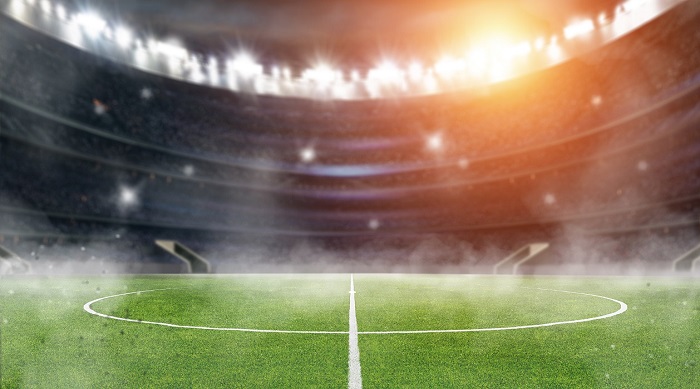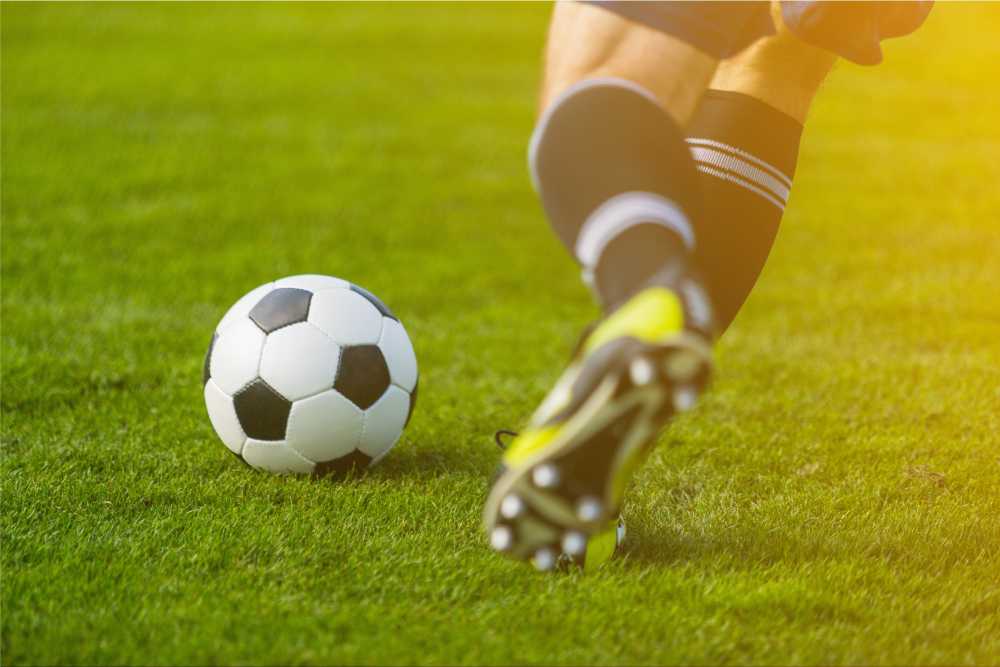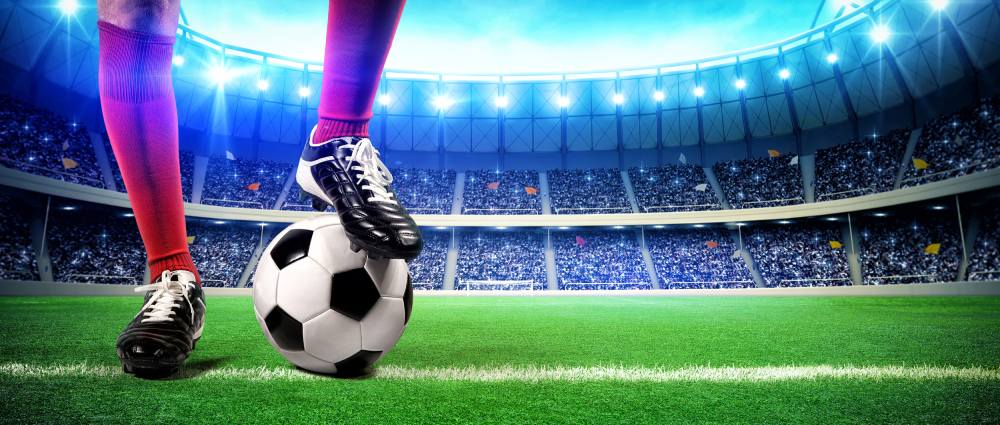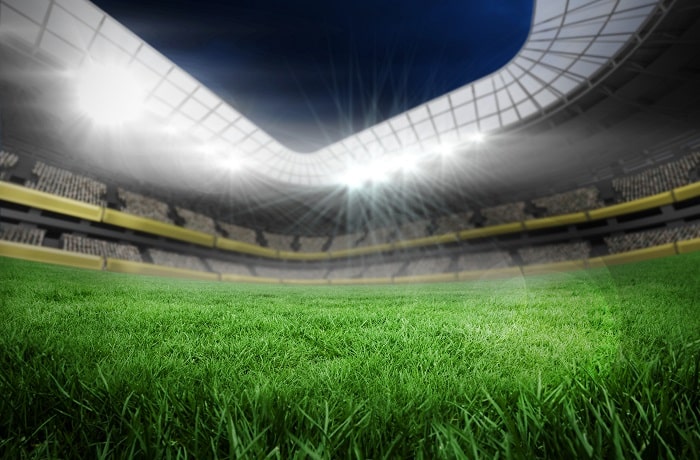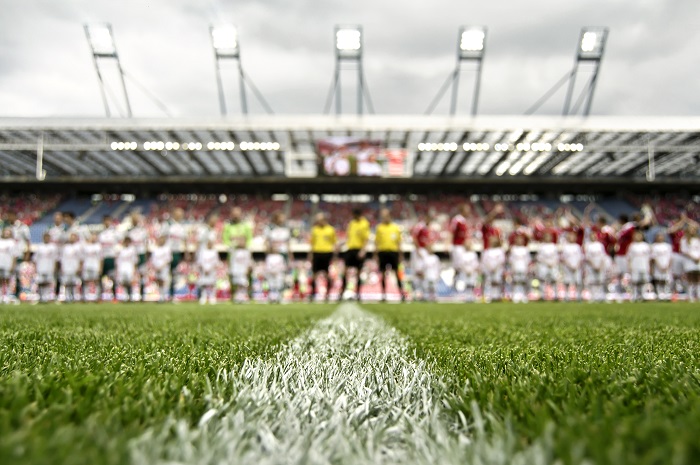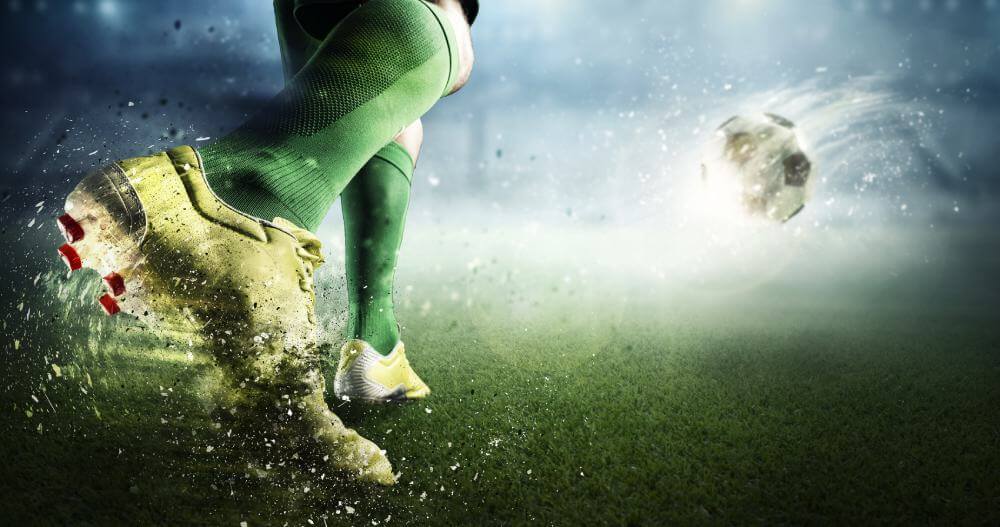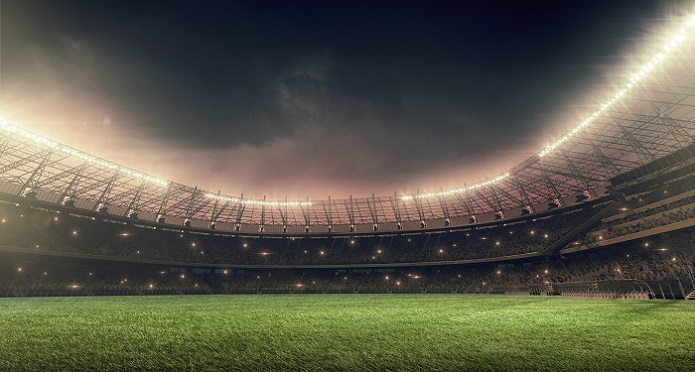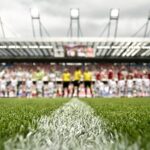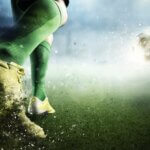Brighton and Hove Albion, or simply Brighton as football fans like to call it for short, has emerged as an unexpected powerhouse in English football. Seen as a lower-tier club for many years and a team that will forever be fighting to either preserve their Premier League status or try and gain promotion to the EPL, Brighton has done all doubters wrong and showed that they are a much bigger club than everyone thinks.
While the history of Brighton and Hove stems back 122 years to the past, the club has only gotten the attention it needs in recent years. Of course, this coincided with all the latest successes the club’s been having.
But what makes the Seagulls so interesting to watch and talk about? We decided to take a closer look at a club and a city that may be primarily known as a vacation spot for British people but is now becoming a major football club. Let’s check out Brighton and Hove Albion’s history and how this club came to be.
Brighton & Hove Albion F.C. History & Formation
The club came to be in 1901 but under the name Brighton & Hove United. The name didn’t stick around for long and the club changed it to Brighton & Hove Albion, which remains unchanged till today. Immediately after its establishment, the club took its place in the Southern League, instead of the defunct Brighton & Hove Rangers.
They played there during the next 19 years before receiving an invitation to become a part of the newest Football League’s Third Division. But it was during those 19 years when Brighton won their first and only major trophy. In 1910 they defeated Aston Villa to lift the FA Charity Shield trophy, which back then was contested between the champions of the Football League and the Southern League.
After making a switch to the regional division in 1921, they played there until the 1957/58 season. By winning the title they also gained promotion to the Second Division. They remained there until 1962 when they were unfortunately relegated. Unfortunately for them, they suffered back-to-back relegations and slipped into the fourth division for the very first time in their history in 1963.
Luckily for them, they didn’t stick around in the Fourth Division for too long. The very next year they won the title and went back up. In 1972, they finished second in the Third Division, securing their place back to Second Division after quite a long time.

Near Obliteration of Brighton & Hove Albion
During the late 80s and throughout the 90s, the Seagulls went through one of the most tumultuous times in their history. The 1987 season saw them relegated to Division Three, from which they bounced back the very next season. In 1991, they lost their chance in the promotion playoff by losing to Notts County. Things got even worse as from near promotion they actually suffered yet another relegation the very next year.
In 1996, the club went another step back and ended up playing in Division Three. It was at the same time that the club’s financial woes started to emerge. The club resorted to selling their home stadium, Goldstone Ground, in an attempt to relieve some of the financial problems that they were having. It was then that Dick Knight, a lifelong fan, took control of the club. That season, Brighton escaped relegation by the skin of their teeth.
The sale of their own home stadium would haunt them for years. At first, they would play at Gillingham’s Priestfield Stadium, before securing a lease to Withdean Stadium in 1999. It was only in 2011 after the Tony Bloom takeover when the Seagulls finally got their own stadium. The new chairman managed to secure the necessary funding, making Falmer Stadium finally a reality for Brighton.
Promotion to the Premier League
After appointing Chris Hughton as manager in 2014, things started looking better for the Seagulls. In the very same season, he saved the team from relegation. The very next season, he started building a team that would contend for the top.
In the 2015/16 season, Brighton went on a 21-game unbeaten run, a record for both the club and the league. Unfortunately for them, they missed an automatic promotion spot due to a goal difference. After having to play in the promotion play-offs semi-finals, they suffered defeat from Sheffield Wednesday, ultimately ending their dream of promotion.
But the very next season was finally when their dream of playing in the Premier League came through. During the 2016/17 season, Brighton was the best club in the league and got a chance to play in the top flight for only the second time in history. After nearly dropping down into the Conference in 1997, Brighton came to play in the big show where they always wanted to be.

Brighton’s History in the Premier League
It is safe to say that things didn’t go easy for Brighton in the Premier League. During their first four years there, they mainly battled to preserve their place there. This would also spell the end for Chris Hughton, the man who brought them there. His replacement would be Graham Potter in 2019.
Potter helped the club rise steadily and established their familiar style of football. He would help the Seagulls finish 9th, which was their best positioning in the top flight at the time. He would also help promote a number of talented players, as under him Brighton became known for developing astounding talents. Unfortunately, Brighton could not keep their talents for long but would manage to make an astounding profit with each new player they sold.
Excellent results meant Potter leaving for Chelsea, with Roberto De Zerbi continuing from where he left off in 2022. The Italian manager, who was known for his successes with Shakhtar Donetsk, would launch the Seagulls even higher. During the 2022/23 season, Brighton would finish 6th and for the first time in their history qualify for a European competition.
De Zerbi’s time at American Express Stadium would end only a year later. He managed the Seagulls through a successful Europa League campaign and helped them finish 11th in the Premier League.
Record Departures in Brighton’s Football History
What the club became known for in recent years was buying players for cheap, and selling them off for enormous prices. This type of politics did not only help the team rise, it helped them get financial stability as well as results. The players they brought in have helped the club achieve enormous success. But after ending their time with the club, they departed for enormous fees.
These are some of the names that grew at Brighton and went on to bigger clubs eventually, with some even becoming one of the most expensive transfers in Premier League history.
- Moises Caicedo to Chelsea for £100m
- Marc Cucurella to Chelsea £56m
- Ben White to Arsenal for £50m
- Alexis Mac Allister to Liverpool for £35m
- Yves Bissouma to Tottenham for £25m
- Leandro Trossard to Arsenal for £21m
- Robert Sanchez to Chelsea for £20m
And the club is not stopping there. The most recent names who have already made a name for themselves in Brighton are the 19-year-old Irish striker Evan Ferguson and the fast-paced Japanese winger Kaoru Mitoma. Besides them, Simon Adingra, Julio Enciso, Carlos Baleba, and Facundo Buonanotte are players who are making waves.
Brighton and Hove Albion Badge History
Brighton’s original crest was a bit more traditional compared to the modern version that we have today. The team’s logo incorporated two coats of arms from both twin cities Brighton and Hove and was placed on an ornate shield.
However, during the 70s the club became known as the Dolphins. A blue crest with a dolphin was created, but the nickname and the badge were used for only three years. It was actually during a match against the rival Crystal Palace when they switched to the Seagulls. The rival supporters were shouting “Eagles, eagles,” the nickname of their club. Brighton supporters came back at them with “Seagulls, seagulls.”
The chairman liked it so much that he decided to rebrand the club. A new crest came to be in 1977 which saw a soaring seagull placed on a blue field, with the name of the club right above it. The same badge exists even to this day, with minor upgrades made.
As far as the Brighton and Hove Albion kit history, it hasn’t had any dramatic changes. The club started with their traditional blue and white colours. However, during the 70s they wore all-white, and in the 80s they switched to royal blue. However, they switched back to both blue and white and have kept the same kit colours even to this day.

